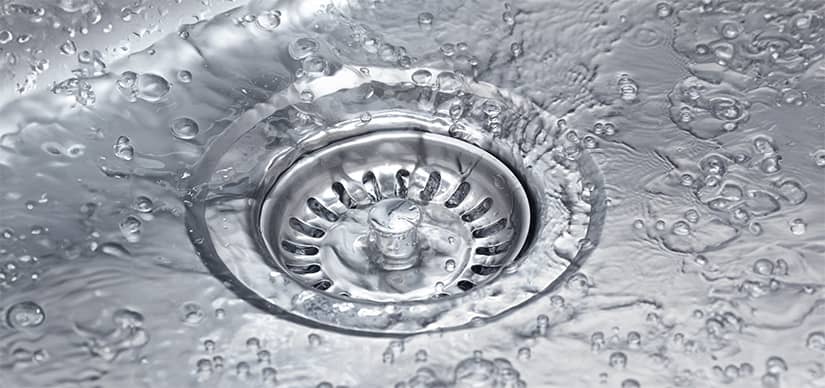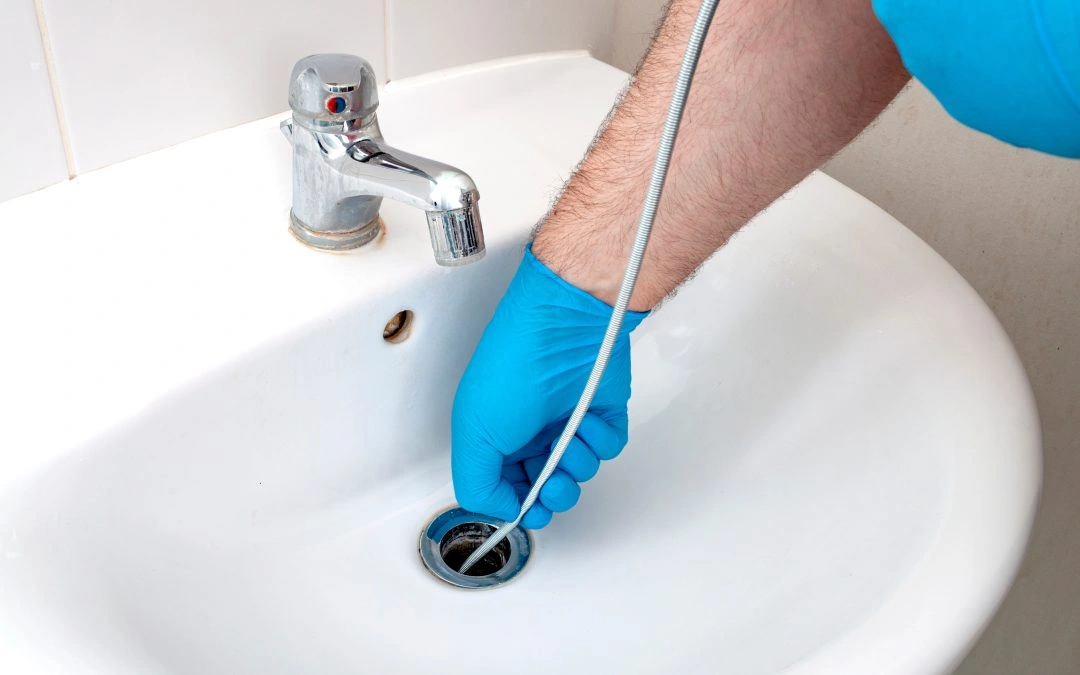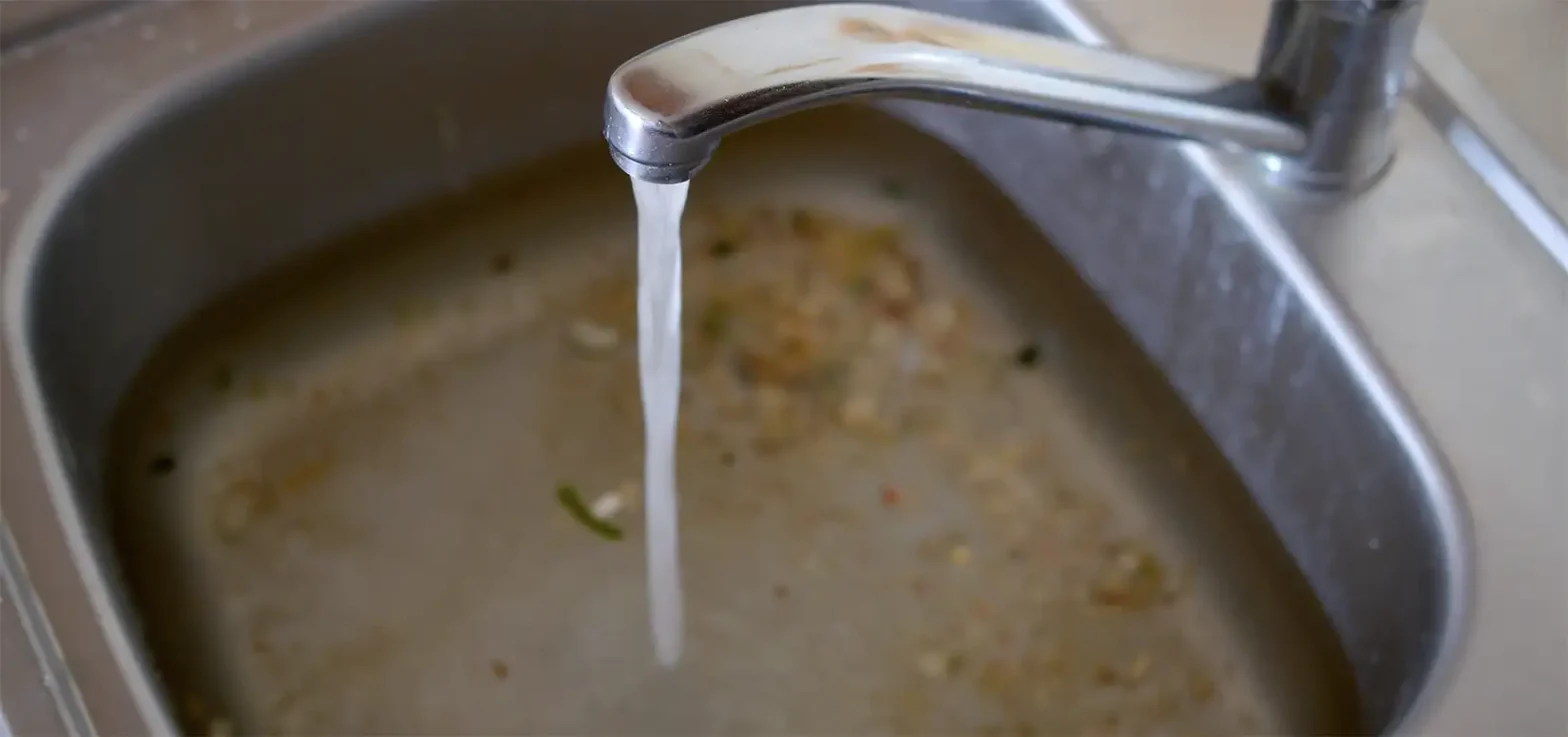Understanding How Your Home’s Drainage System Works: A Homeowner’s Guide
Your home’s drainage system is the hidden workhorse behind your daily activities, quietly managing wastewater from your sinks, toilets, and showers. Understanding how this system works can help you maintain a healthy living environment and avoid costly repairs. This guide will help you grasp the basics of home drains, so you can keep your home dry and free from potential water damage.
Recommended reading: What is drain cleaning
What Is a Drainage System and How Does It Work?
In your home, the drain system is responsible for removing wastewater and sewage, ensuring that everything flows smoothly from your fixtures to the main sewer line. This system typically consists of a network of pipes that connect to your sinks, toilets, showers, and appliances like dishwashers and washing machines.
When you use water in your home, it flows through these pipes, driven by gravity, until it reaches the main sewer line or septic tank. Vent pipes are also an essential part of this system, allowing air to enter the drains, which helps wastewater flow out efficiently.
Recommended reading: DIY vs. Professional Drain Cleaning Services: Which Is Best?
Types of Home Drainage Systems
There are different components of a home’s drainage system, each playing a vital role in keeping your home sanitary and free from water damage:
- Sewer Drains: These are the primary drains that remove wastewater from your home and direct it to the municipal sewer system or septic tank. Properly functioning sewer drains are crucial for preventing backups and overflows.
- Fixture Drains: These are the smaller drains connected to sinks, toilets, and showers. They channel wastewater from individual fixtures into the larger sewer drains. Each fixture drain is typically equipped with a trap to prevent sewer gases from entering your home.
- Vent Pipes: Vent pipes allow air to circulate through the system, preventing vacuum pressure that could disrupt water flow. They also help prevent sewer gases from building up inside your home.
- Drain Traps: Also known as P-traps or S-traps, these curved pipes are located under sinks, toilets, and other fixtures. They trap a small amount of water, creating a barrier that prevents sewer gases from escaping into your home.
Benefits of Having a Well-Maintained Home Drainage System
Maintaining your home’s drainage system goes beyond just preventing inconveniences—it plays a critical role in protecting your home and ensuring your family’s health and comfort. Here’s a closer look at the key benefits:
Prevents Water Damage:
One of the most significant benefits of a well-maintained system is its ability to prevent water damage. Clogs or leaks can cause water to back up, leading to dampness, mold growth, and even structural damage. By ensuring that your drains are clear and functioning properly, you protect your home from these potentially costly issues.
Ensures Proper Sanitation:
A well-functioning system is essential for the sanitation of your home. It efficiently removes wastewater, carrying away bacteria, pathogens, and unpleasant odors. This helps maintain a clean and healthy environment, reducing the risk of infections or respiratory issues caused by mold and mildew.
Reduces the Risk of Costly Repairs:
Regular maintenance of your system helps identify and fix minor issues before they become major problems. This proactive approach can save you money in the long run by avoiding costly repairs, such as fixing extensive water damage, replacing damaged pipes, or even dealing with sewage backups.
Increases Energy Efficiency:
When your drainage system is clogged or inefficient, your water heater and other appliances may have to work harder, using more energy to perform their tasks. A well-maintained drainage system ensures that everything flows smoothly, helping your appliances operate more efficiently and reducing your energy bills.
Improves Home Value:
Prospective homebuyers pay close attention to the condition of a home’s plumbing and drainage systems. A home with a well-maintained system is more attractive to buyers, as it signals that the property has been cared for and is less likely to require immediate repairs. This can boost your home’s market value and make it easier to sell.
Prevents Health Hazards:
Stagnant water from poor drainage can become a breeding ground for bacteria and pests, leading to potential health hazards. A properly functioning system prevents these issues by ensuring that water flows freely and is properly disposed of, keeping your home safe and healthy.
Protects Your Home’s Foundation:
While this guide focuses on indoor drainage, it’s worth noting that this can also help protect your home’s foundation. Water leaks from pipes can seep into the foundation, causing cracks and weakening the structure over time. By keeping your drainage system in good condition, you reduce the risk of foundation damage.
Common Drainage System Issues
Despite regular maintenance, even the best systems can experience problems. Here are some of the most common issues homeowners encounter:
Clogged Drains:
Clogged drains are one of the most frequent problems in the home plumbing systems. They occur when debris like hair, soap scum, food particles, grease, or foreign objects accumulate in the pipes, obstructing the flow of water. Clogged drains can lead to slow draining, unpleasant odors, and, if left untreated, complete blockages that cause backups.
Sewer Line Backups:
A sewer line backup is a serious issue that can cause wastewater to flow back into your home through drains, leading to potential health hazards and water damage. Backups often result from blockages in the main sewer line, which can be caused by tree roots, grease buildup, or collapsed pipes. Symptoms of a sewer line backup include gurgling noises in drains, water pooling around basement drains, and multiple fixtures being clogged simultaneously.
Leaking Pipes:
Pipes can develop leaks due to aging, corrosion, physical damage, or improper installation. Leaks can occur in any part of the drain system, from the pipes under your sink to those buried in walls or floors. Even a small leak can lead to significant water damage over time, causing mold growth, wood rot, and structural issues. Detecting and fixing leaks early is crucial to preventing extensive damage.
Slow Drains:
Slow drains can be an early warning sign of a developing blockage. When water drains slowly from your sinks, showers, or toilets, it indicates that something is obstructing the flow within the pipes. Slow drains can also be caused by issues with the venting system, which helps maintain the proper pressure for water to flow smoothly through the pipes.
Water Hammer:
Water hammer occurs when the flow of water is suddenly stopped or changed, causing a loud banging noise in the pipes. This can happen when a valve closes quickly, creating a shock wave that travels through the plumbing system. Over time, water hammer can damage pipes and fittings, leading to leaks or even bursts. Installing air chambers or water hammer arrestors can help prevent this issue.
Foul Odors:
Foul odors emanating from your drains can indicate a problem within your drainage system, such as a dry P-trap, a clogged vent pipe, or a buildup of organic matter in the pipes. These odors are not only unpleasant but can also signal underlying issues that need to be addressed to prevent more serious problems like sewer gas leaks.
Collapsed or Damaged Pipes:
Pipes can collapse or become damaged due to external pressure (like soil movement or heavy loads), corrosion, or improper installation. Collapsed pipes can cause significant blockages and prevent the proper flow of wastewater, leading to backups and leaks. This issue often requires professional repair or replacement of the affected pipes.
Sewage Smells Indoors:
If you notice a sewage smell inside your home, it’s likely due to a problem with the drainage system. This could be caused by a dry drain trap (which allows sewer gases to escape), a blocked vent pipe, or a sewer line issue. Addressing this problem quickly is important to maintain a healthy indoor environment.
Need Help with Drainage Issues?
Understanding your home’s drainage system is crucial for maintaining a safe and sanitary living environment. If you’re dealing with any problems or simply want to ensure your system is in good working order, All Star Plumbing has you covered. Contact us today for all your home plumbing needs!
FAQ
- How does a drainage system work in a house?
A home drainage system collects wastewater from sinks, toilets, showers, and appliances, channeling it through a network of pipes to the main sewer line or septic tank, all driven by gravity. - What is the process of drainage?
The drainage process involves the collection and removal of wastewater from your home. It flows through connected pipes, is ventilated by vent pipes, and is eventually discharged into the sewer system or septic tank. - How does water flow in a drainage system?
Water flows through the drainage system using gravity, moving downward through the pipes and out of your home, with vent pipes helping to maintain proper airflow and pressure. - Where does the water in drains go to?
The water in your home’s drains is directed to the main sewer line or septic tank, where it is either treated at a wastewater facility or naturally broken down in the septic system. - How does water get into the drainage pipe?
Water enters the drainage pipe through the fixtures in your home, such as sinks, toilets, and showers. It then travels through a network of pipes, eventually leaving your home and entering the sewer or septic system.








